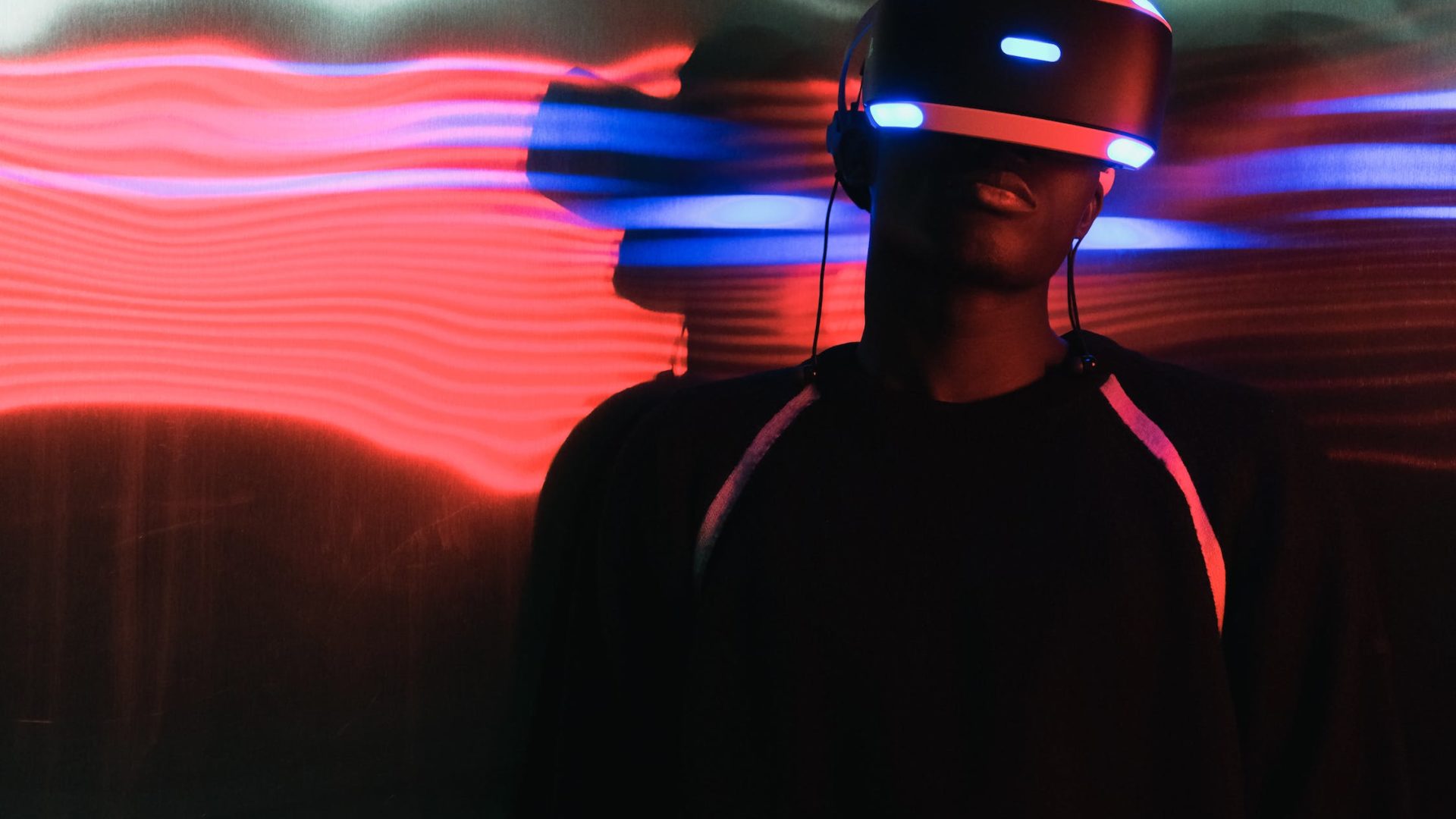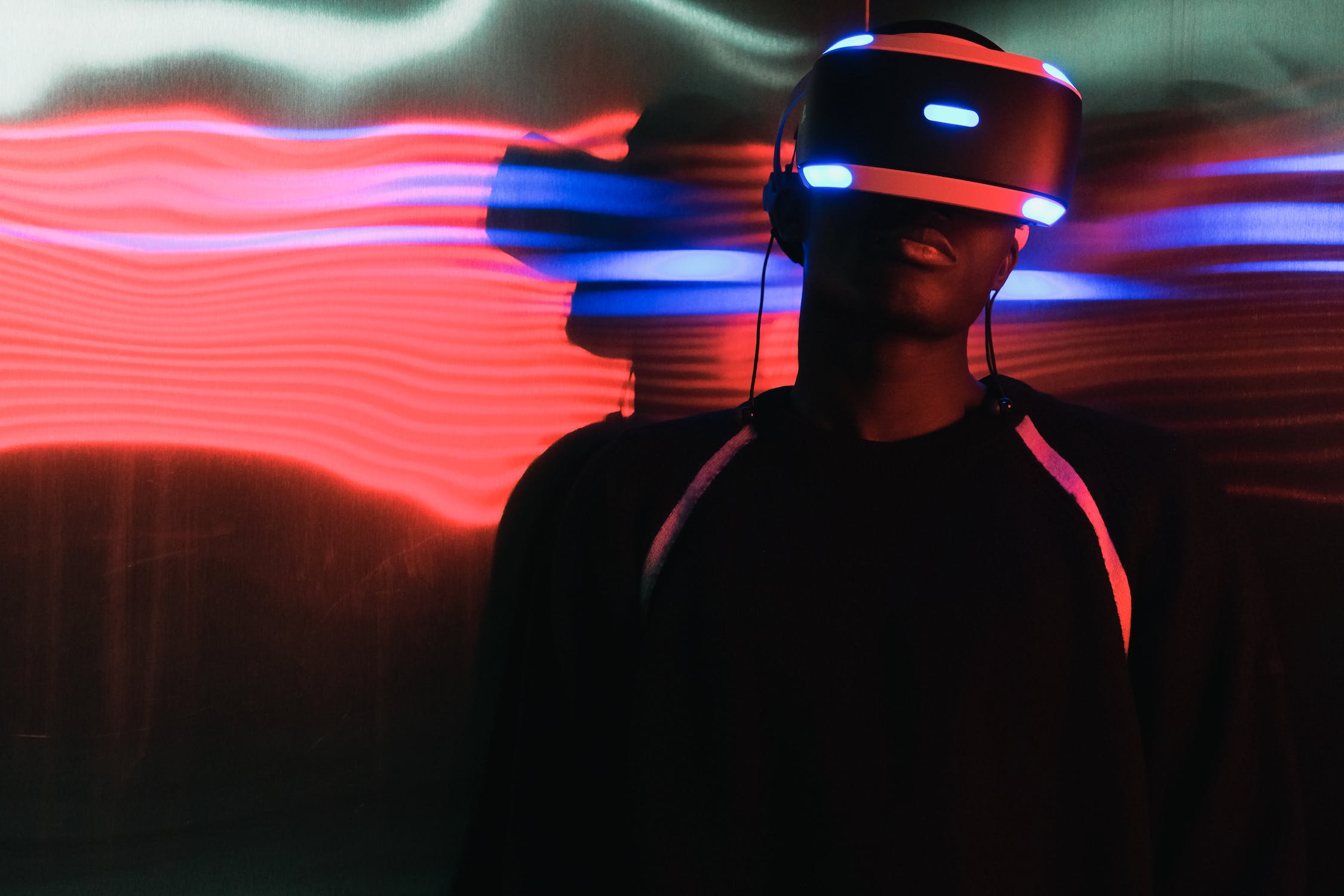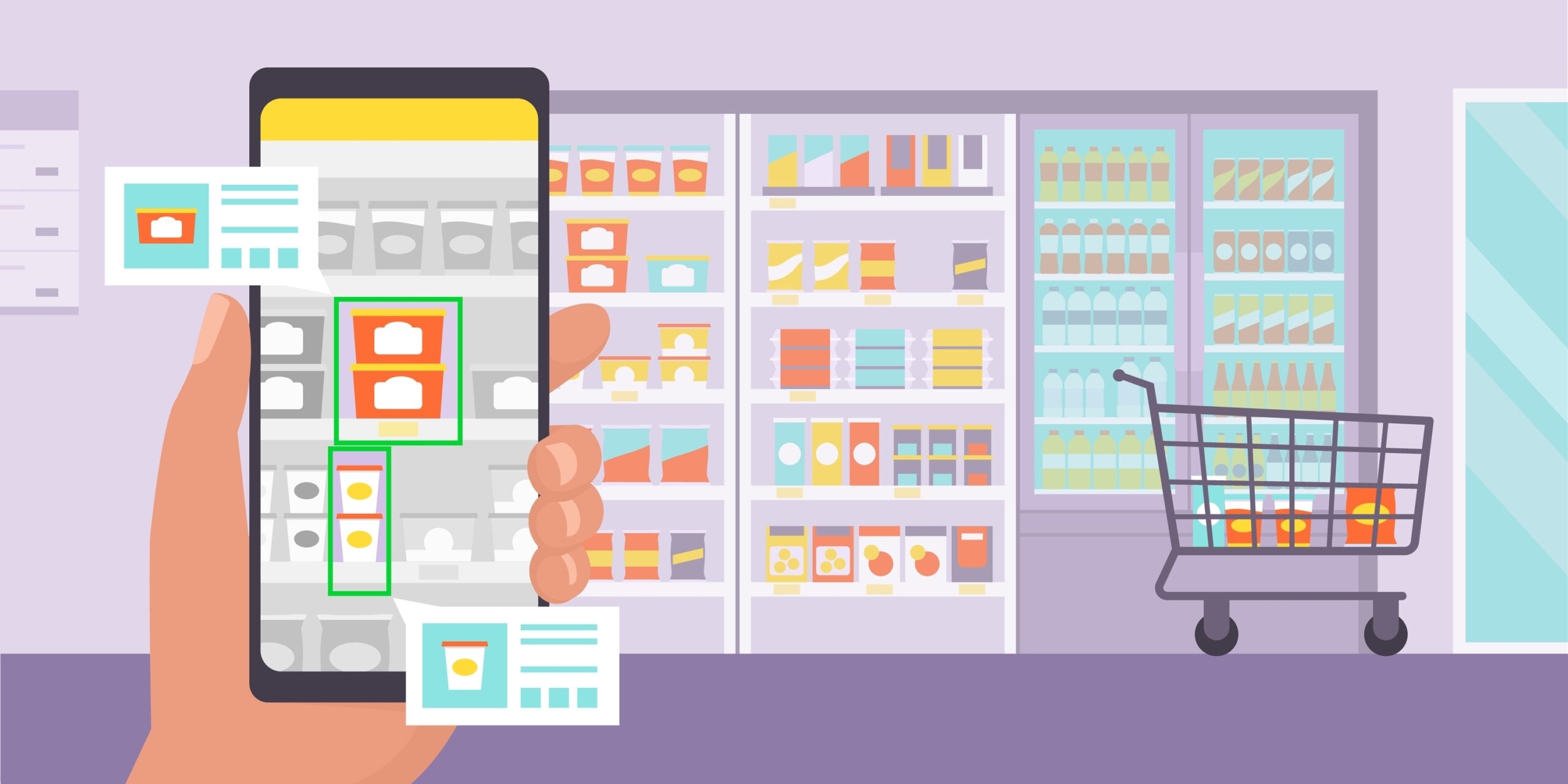At InContext, we think a lot about the future of shopping and what the retail industry might look like as technology continues to advance. We’ve seen how social media and tech development reshaped the retail industry, and now VR shopping is set to make its own mark.
Today, retail and luxury brands investing in their metaverse presence are making VR shopping more accessible to shoppers, and we know shoppers are ready. Fear of newness can deter people from tech trends, but it’s clear to us that many shoppers out there are excited about VR shopping.
In fact, 32% of consumers who used VR in the past 6 months were using it for VR shopping. Shopping ranked as the second most common VR activity, only after gaming and joining a virtual world. Meaning some consumers have already embraced VR shopping and are ready for it to become a common retail experience.
In addition, the majority of shoppers already do their shopping in both online stores and physical stores. Thanks to the success of e-commerce giants such as Amazon, online shopping has become ubiquitous across retailers and brands. Since retail took a major blow during the pandemic, brands realize they have to engage consumers through multiple avenues and are embracing omnichannel retail experiences. As a result, it’s safe to assume that VR shopping may not be a leap for people who have already integrated e-commerce into their everyday retail experience.
What will VR shopping look like?
For context, let’s look at the big picture. To fully understand the shoppers who are ready for VR, it helps to define what VR shopping is offering them.
One thing to keep in mind is that VR and AR will both be relevant. Augmented reality (AR) technology and mixed reality experiences will also have a role to play, not just VR. Especially in the context of furniture shopping, AR has particularly useful applications for shoppers who want to see what a piece of furniture will look like in their own homes or a virtual showroom. This is a tool that global furniture giants such as Ikea and Wayfair have already been implementing.
Additionally, not all VR experiences have to involve a VR headset. In fact, much of retail VR will be experienced through the devices you use every day: your phone, laptop, etc.
Virtual reality also makes the use of a virtual store environment possible for shoppers. At InContext, we utilize 3D simulation technology to create digital twins of real-world stores that can enhance a typical online shopping experience. For example, shoppers looking for products related to special occasions or holidays can jump into a virtual store where everything they need is available to pick up, examine, and add to the cart.
Who wants VR Shopping?
Let’s get back to the question at hand: Which consumers are ready for VR shopping?
Luxury brand shoppers
Consumers who shop for luxury brands are expected to take an interest in virtual reality shopping. Luxury brand shoppers are consumers who want the best of what retail has to offer. They’re looking for new and unique shopping opportunities that elevate their customer experience as a whole, and VR can deliver that.
There is already a connection between VR shoppers and luxury goods, as some luxury brands have promoted their products in metaverse worlds. In fact, nearly one-fifth of VR users buy luxury goods in the virtual world, so in addition to luxury brand shoppers, VR users, in general, are on board for the immersive experience that VR shopping can provide.
Shoppers who want customization
Shoppers who prefer to purchase highly customizable products are more than ready for the VR shopping trend to take off. These shoppers value the entirety of a VR platform experience because it offers opportunities for customization.
Common VR customizations include the option to create personalized avatars and a tailored brand experience where the algorithm recommends products based on consumer preferences. With all the opportunities for customization, VR is the perfect experience for shoppers who want a shopping platform that facilitates an individualized user experience.
Label readers
Let’s talk about label readers. I.e., the shoppers who are interactive with products and won’t just grab an item off the shelf and purchase. Whether they’re reading the ingredients list, the nutritional facts label, looking for the indication that a product is organic, or even simply comparing prices, many shoppers have to have this information before purchasing a product. They also like to compare that information with different brands within a category. Which one will be the healthiest or the most economical?
Label readers want their information in a comprehensive and accessible format, and with VR shopping, they don’t have to go into stores and physically sift through product options. VR shopping can provide a complete and comprehensive look at product information in a virtual setting–creating the convenience of online shopping with the experience of interacting with products on the shelf.
Researchers
The traits of researchers and label readers often overlap, and many shoppers fall into both categories, but researchers go more in-depth when it comes to product knowledge. As the internet has provided unprecedented access to information about products, companies, and production methods, some shoppers want to know it all. These shoppers never purchase without reading reviews, looking into the product, and researching competitors.
One reason VR shopping is appealing to researchers is that it’s in a digital space, so researching is more streamlined. Want to read some reviews about a product? Open another tab and pop over to Google instead of having to awkwardly search on your phone in the middle of the grocery store. VR provides the “in-store” experience with the full context of the product and category while also allowing heightened access to information. It’s no wonder why habitual product researchers are fully onboard with the VR shopping trend.
Gen Z Shoppers
Young shoppers are more comfortable with virtual reality experiences and venturing out into new ways of shopping, while older generations are reluctant to leave their comfort zone, preferring to visit a brick-and-mortar store. Many Gen Z shoppers already have experience with VR technology, or VR-adjacent technology, thanks to the prevalence of VR in gaming. Young people tend to see the increased use of VR as a likely possibility for the future and are ready to embrace it. For this reason, Gen Z will be one of the most essential groups that drive the demand for the VR shopping experience.
Shoppers with disabilities or chronic health issues
There are already plenty of discussions out there about how VR may be useful to people with disabilities. However, much of the discussion about VR’s relevance to people with disabilities refers to the potential to increase empathy in non-disabled populations. But other VR applications are more directly beneficial to disabled shoppers themselves, especially when it comes to the quality of their retail experience.
One often overlooked point is that VR shopping specifically could make life easier for people with a disability, especially if that disability prevents them from leaving home and making the trip to a physical store. They might have trouble accessing items on a shelf or easily navigating the store space. Many people living with disabilities or chronic health issues already depend on online shopping, delivery services, and couriers to have goods delivered to their houses. VR shopping can provide a richer, more immersive way for shoppers to get the physical items they need, all facilitated in a virtual space.
Shoppers in China, India, and Qatar
Professional services giant PwC recently conducted its Global Consumer Insights Pulse Survey that studied the current reach of VR. Different demographics were highlighted as groups that are more inclined to use VR platforms. In the nationality category, shoppers from China, India, and Qatar displayed more interest in VR than shoppers from Australia, Ireland, and Japan.
There are a number of reasons why this could be the case, but the data seems to point toward countries with populations that display a greater overall interest in digital retail trends. For example, China’s e-commerce sales are the highest in the world. And even before retail began to shift drastically towards more dependence on technology during the pandemic, China was already leading in digital development and adoption.
Even if your product or retail stores do not reach these countries, it may be worthwhile to observe and study the technology implementation, messaging, and shopper behaviors that lead to this upwards trend in digital adoption for shoppers in these countries. By expanding our knowledge, retail experts in the west may be able to learn and implement the methods used to encourage an upward trend.
Learn more about VR shopping with InContext
Want to keep learning about the virtual shopping experience and e-commerce? Check out out webinar “Virtual Commerce: Are Shoppers Ready to Step Into the Metaverse?” for an in-depth exploration of the topic or contact InContext.





